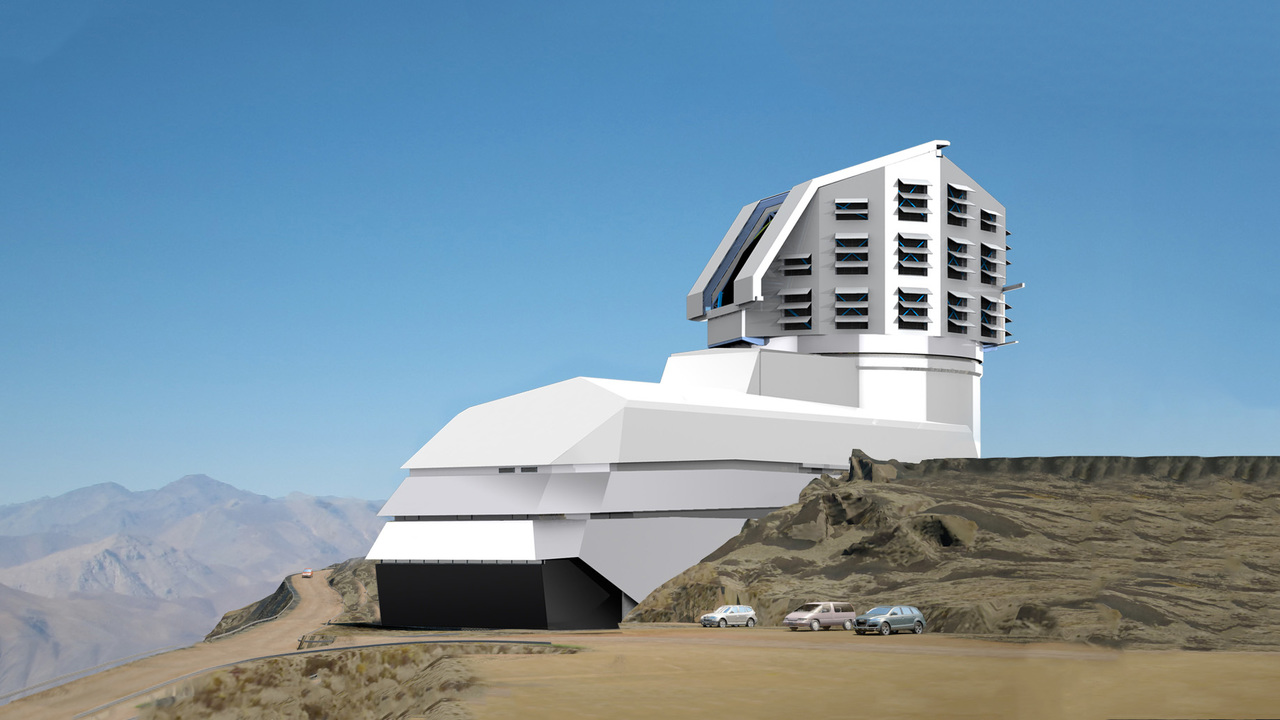Astronomers have been using telescopes to gaze into the night sky for as long as we can remember, discovering things about the universe that previously seemed impossible. From learning about comets to discovering the presence of dark matter, observatories catalyze revelations in the scientific world.
Revolutionary Astronomy
Named after the legendary late astronomer, Vera Rubin, whose work gathered evidence of unseen dark matter in the universe, the new Vera C. Rubin Observatory takes a revolutionary turn in the history of astronomy. Originally called the Large Synoptic Survey Telescope (LSST), the US Congress changed its name to honor Rubin’s contributions to the scientific community and the role of women.
The Rubin Observatory is the first of its kind, with new operations of mirror design, telescope speed, camera sensitivity, and computing infrastructure. With a fresh advancement of technology, this new observatory will allow astronomers to see space in more detail and bring them closer to finding the mysteries of the universe that they have yet to find an answer to.
Features of the Telescope
Constructed in the Chilean Andes, the telescope is fully prepared for use, but scientists are not quite ready to observe. This year, the observatory will achieve “first light,” its inaugural image, beginning a decade-long project to capture the sky in remarkable detail.
Astronomers will take the images using the world’s largest telescopic camera, which weighs approximately 6,000 pounds—about the same as an SUV. Its LSST Camera features a 3200 megapixel CCD (charged coupled device) assembly that will capture the largest and most detailed glimpse of our cosmos.
A combination of primary and tertiary mirrors is featured in the observatory’s telescopic mirrors. The Rubin’s astronomy team is the first to combine both mirrors in a single surface, and overall, it measures about 8.4 meters. This incorporation of both mirrors allows the telescope to operate in a more compact area, easing transfer and preparation for each observation.
After the first imaging using these technology advancements, the observation will become the largest astronomical movie ever recorded by covering the entire night sky and crafting an ultra-wide time-lapse record.
Uncovering the Mysteries of the Universe
Scientists created the Rubin Observatory so astronomers can answer mysteries and uncover discoveries within our universe. The data gathered by Rubin will allow scientists and astronomers to gain a better understanding of our cosmos. As humans, we are curious beings who demand to find an answer. Information on how the Milky Way formed and what the remaining 95% of the universe consists of are some questions that scientists are eager to find an answer to. The observatory will base its research and data collection on these four areas:
- Creating an inventory of the Solar System
- Mapping the Milky Way
- Understanding the nature of dark matter and dark energy
- Exploring objects that change brightness or position over some time
Scientists will use these data and new advancements within the Rubin Observatory’s telescope to detect phenomena that were once impossible to gather.
Conclusion
Based on its size, camera sensitivity, and speed, the telescope was designed to maximize humankind’s scientific discoveries. From asteroids and comets to pulsating stars and supernova explosions, the Rubin Observatory will reveal mankind's greatest questions that have remained unknown.



